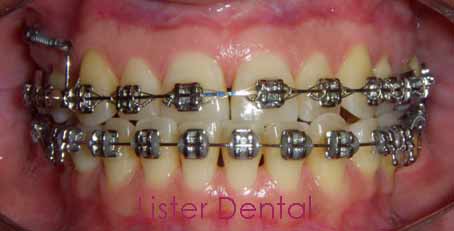Orthognathic surgery
What is orthognathic surgery?
It is a technique used to correct changes in the growth of the jaws, known as dentofacial anomalies, which can lead to bite, joint and breathing disorders, and also affect facial aesthetics.
It is, therefore, an aesthetic-functional procedure capable of restoring facial harmony and masticatory function.
Who performs orthognathic surgery?
The surgery is performed by a maxillofacial surgeon in a hospital setting under general anesthesia.
Indication
This technique is indicated for several types of bone anomalies, from deficient to exaggerated growths, in all directions. So that it can be performed, after the diagnosis of the patient's condition, several assessments are made to plan the best form of treatment.
In children, one usually tries to correct the problem with the use of orthodontic and orthopedic appliances that also act on bone growth. However, when the patient with the anomaly is an adult, isolated orthodontic treatment will not be sufficient for the correction, because the process of facial growth has already occurred and therefore will be over. In these cases, orthognathic surgery will be necessary for the complete correction of the problem. .
Preparation
In preparation for surgery, the patient must undergo orthodontic treatment, in which the position of the teeth is corrected according to the bone bases: the upper teeth in relation to the maxilla and the lower teeth to the mandible. At this stage, a better fit between the upper and lower teeth should not be sought, that is, the correction of dental occlusion. The orthodontist's job is to prepare the dental arches so that the surgeon can correct the occlusion at the time of surgery, by moving the bone bases.
